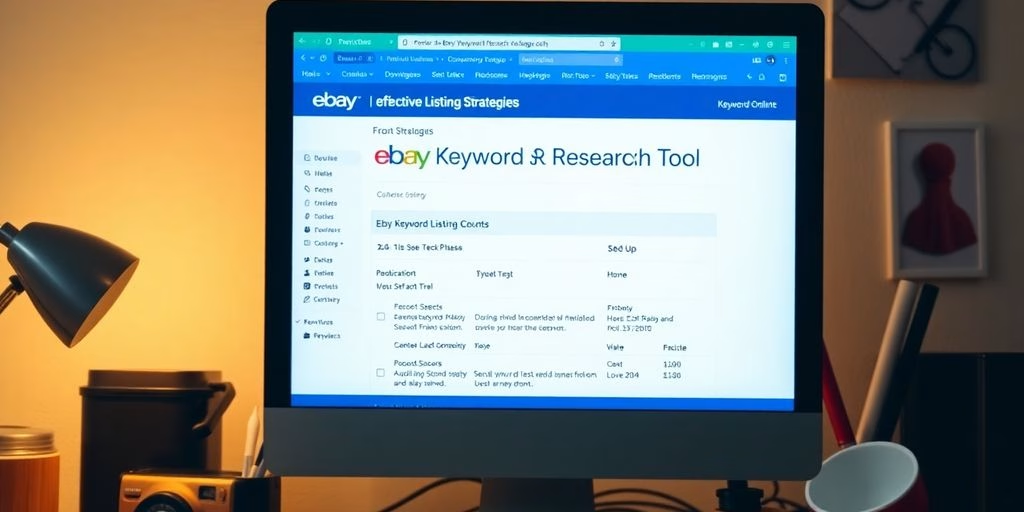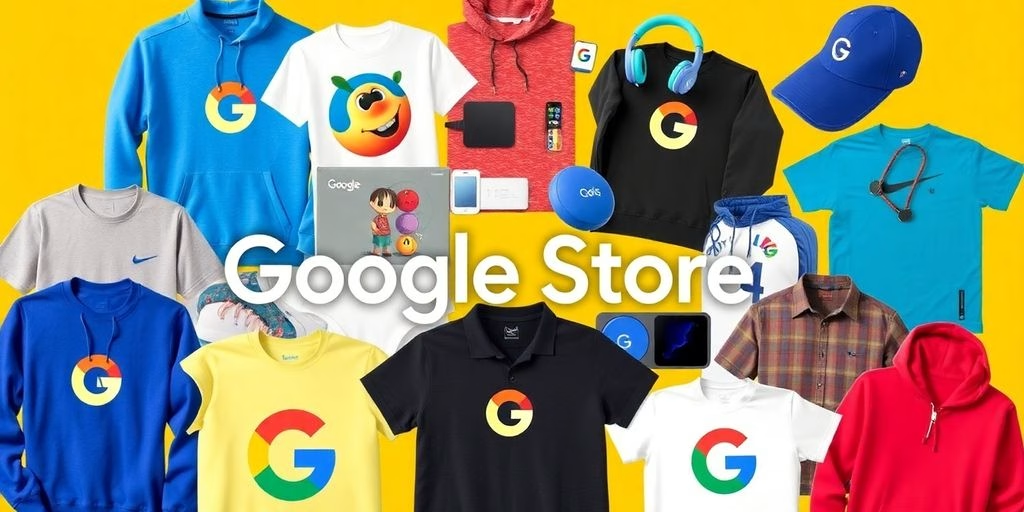In 2024, digital marketing is more important than ever. With so many people online, businesses need to use smart strategies to reach their audience. This article shares ten innovative digital marketing tips that can help your brand grow and succeed in the digital world. Let’s dive into these tips and see how they can make a difference!
Table of Contents
ToggleKey Takeaways For Digital Marketing Tips
- Set clear and achievable goals for your marketing efforts.
- Understand your audience to create content they will love.
- Use data to improve your marketing strategies and decisions.
- Engage with your followers on social media to build loyalty.
- Embrace new tools and technology to streamline your marketing.
1. Goal Setting
Setting clear goals is essential for any successful digital marketing strategy. Having specific targets helps guide your efforts and measure success. Here’s how to create effective goals:
Why Set Goals?
- Goals provide direction and focus.
- They help measure progress and success.
- Clear goals align your marketing efforts with your business objectives.
Creating SMART Goals
To ensure your goals are effective, use the SMART criteria:
- Specific: Clearly define what you want to achieve.
- Measurable: Include metrics to track progress.
- Achievable: Set realistic goals based on your resources.
- Relevant: Align goals with your overall business strategy.
- Time-bound: Set deadlines to keep you on track.
Examples of SMART Goals
| Goal Type | Example Goal |
|---|---|
| Increase Website Traffic | Increase traffic by 20% in 3 months. |
| Boost Engagement | Raise social media engagement by 15% in 6 months. |
| Generate Leads | Acquire 50 new leads per month through content marketing. |
Setting clear and precise goals is key to successful marketing campaigns.
Common Pitfalls in Goal Setting
- Vagueness: Avoid unclear goals that lead to confusion.
- Over-ambition: Ensure goals are realistic to prevent frustration.
- Lack of Alignment: Make sure your goals support your business objectives.
By following these guidelines, you can create a roadmap where your marketing efforts lead to measurable success. Remember, setting SMART goals is not just a task; it’s a strategy that can significantly impact your marketing outcomes.
2. Audience Understanding
Understanding your audience is crucial for effective digital marketing. Knowing who your customers are helps you create messages that resonate. Here are some key points to consider:
Key Aspects of Audience Understanding
- Demographics: Age, gender, location, and income level.
- Interests: Hobbies, entertainment preferences, and values.
- Behaviors: Online activity, purchasing habits, and brand interactions.
Steps to Understand Your Audience
- Conduct Market Research: Use surveys and focus groups to gather insights.
- Analyze Data: Look at website analytics to see how users interact with your content.
- Create Buyer Personas: Develop profiles that represent your ideal customers.
By tailoring your marketing messages to specific audience segments, you not only increase engagement but also build brand loyalty and drive conversions. Remember, a message that lands well is like a lighthouse guiding ships home—it’s all about making sure you’re seen and heard in the right way.
Importance of Personalization
Personalization is key in today’s marketing landscape. When you understand your audience, you can:
- Create targeted ads that speak directly to their needs.
- Develop content that addresses their pain points.
- Build long-term relationships that lead to customer loyalty.
In summary, understanding your audience is not just about collecting data; it’s about using that data to create meaningful connections. This approach will help you stand out in a crowded market and drive better results for your business.
3. Data Analytics

In today’s digital marketing world, data analytics is essential for success. It helps businesses understand their audience and improve their strategies. By using data, you can make smarter decisions and get better results from your campaigns.
Key Benefits of Data Analytics
- Improved Targeting: Knowing your audience allows you to create more effective ads.
- Performance Tracking: You can see what works and what doesn’t, helping you adjust your strategies.
- Cost Efficiency: By focusing on what works, you can save money and increase your return on investment.
How to Use Data Analytics Effectively
- Set Clear Goals: Decide what you want to achieve with your marketing efforts.
- Choose the Right Tools: Use analytics tools like Google Analytics to gather data.
- Analyze the Data: Look for trends and patterns that can inform your decisions.
- Make Adjustments: Use the insights to tweak your campaigns for better results.
Data is only useful if you act on it. Adjusting your strategies based on data can lead to significant improvements in your marketing efforts.
By leveraging data analytics, you can enhance your digital marketing campaigns and connect better with your audience. Remember, the goal is to use data to tell a story that drives your business forward!
4. Content Marketing
Content marketing is a vital part of any digital marketing strategy. It focuses on creating and sharing valuable content to attract and engage your audience. High-quality content can build trust and loyalty with your customers. Here are some key strategies to enhance your content marketing:
1. Know Your Audience
- Understand who your audience is and what they want.
- Create content that addresses their needs and interests.
- Use buyer personas to tailor your messaging.
2. Use Different Content Types
- Blog Posts: Share informative articles that provide value.
- Videos: Create engaging videos to explain your products or services.
- Infographics: Use visuals to simplify complex information.
3. Optimize for SEO
- Ensure your content is optimized for search engines to increase visibility.
- Use relevant keywords naturally within your content.
- Include internal and external links to improve credibility.
4. Promote Your Content
- Share your content on social media platforms to reach a wider audience.
- Consider using paid advertising to boost visibility.
- Engage with your audience through comments and discussions.
Regularly updating your content is essential. It keeps your audience engaged and helps improve your search engine rankings.
5. Measure Your Success
- Track key metrics like engagement rates and conversion rates.
- Adjust your strategies based on what works best.
- Celebrate your successes and learn from your failures.
By focusing on these strategies, you can create a strong content marketing plan that resonates with your audience and drives results. Remember, content is king, and investing in quality content can lead to long-term success in your marketing efforts.
5. Social Media Engagement
In today’s digital world, social media engagement is crucial for connecting with your audience. It’s not just about having a lot of followers; it’s about creating real connections that build trust and community. Here are some tips to enhance your social media engagement:
Tips for Effective Engagement
- Mix organic and paid strategies: Use both free posts and paid ads to reach more people.
- Try different content types: Share images, videos, stories, and polls to keep things interesting.
- Interact with your audience: Respond to comments and messages to show you care.
Tools for Tracking Engagement
| Tool Name | Purpose |
|---|---|
| Google Analytics | Track website traffic |
| BuzzSumo | Analyze content performance |
| Hootsuite | Manage multiple accounts |
Engaging on social media helps businesses grow by promoting their brand and connecting with customers.
By following these strategies, you can unlock the potential of social media to boost your brand’s visibility and foster a loyal community.
6. Search Engine Optimization
Search Engine Optimization (SEO) is a vital part of digital marketing that helps your website show up in search results. By optimizing your site, you can attract more visitors and grow your business. Here are some key points to consider:
Understanding Keywords
- Start by identifying the keywords your audience uses when searching for your products or services.
- Use tools to find relevant keywords and include them in your content.
- Focus on long-tail keywords for better targeting.
On-Page SEO Techniques
- Ensure your website is easy to navigate.
- Use headings and subheadings to structure your content.
- Optimize images with alt text and proper file names.
Technical SEO
- Check your website’s loading speed; a slow site can drive visitors away.
- Make sure your site is mobile-friendly, as many users search on their phones.
- Regularly update your content to keep it fresh and relevant.
Link Building
- Create a strategy for earning backlinks from reputable sites.
- Guest blogging can be a great way to build links and reach new audiences.
- Monitor your backlinks to ensure they are from quality sources.
| SEO Factor | Importance Level |
|---|---|
| Keyword Research | High |
| On-Page Optimization | High |
| Technical SEO | Medium |
| Link Building | High |
Remember, SEO is a marathon, not a sprint. It’s about playing the long game, building credibility, and enhancing user experience to ultimately win the race to the top of search engine results pages (SERPs).
7. Email Marketing

Email marketing is a powerful tool for businesses to connect with their audience. It allows you to send targeted messages that can lead to higher sales. Here are some key strategies to enhance your email marketing efforts:
1. Personalization
- Use the recipient’s name in the subject line.
- Tailor content based on past purchases or interests.
- Send birthday greetings with special offers.
2. Segmentation
- Divide your email list into groups based on interests or behaviors.
- This helps in sending relevant content to each group, increasing engagement.
- For example, a clothing store can segment customers by gender or style preferences.
3. Compelling Subject Lines
- Create urgency with phrases like “Limited Time Offer!” or “Last Chance!”.
- Use numbers, such as “5 Tips for Better Sleep” to attract attention.
- Keep it short and clear to encourage opens.
4. A/B Testing
- Test different subject lines, content, and send times to see what works best.
- Analyze open rates and click-through rates to refine your strategy.
- This helps in optimizing future campaigns for better results.
5. Automation
- Set up automated emails for welcome messages, reminders, and follow-ups.
- This saves time and ensures consistent communication with your audience.
- Automated emails can lead to higher engagement and conversions.
Email marketing is not just about sending messages; it’s about building relationships. By focusing on your audience’s needs, you can create a loyal customer base that keeps coming back.
Key Takeaways
- Personalization and segmentation are crucial for effective email marketing.
- Compelling subject lines can significantly increase open rates.
- A/B testing helps in refining your email strategy for better performance.
- Automation saves time and enhances customer engagement.
8. Influencer Collaborations
Collaborating with influencers can be a game-changer for your business. By partnering with influential individuals in your industry, you can reach a wider audience and build credibility for your brand. Here are some key points to consider:
Finding the Right Influencers
- Look for influencers who align with your brand values and have a genuine connection with your target audience.
- Consider working with micro-influencers, as they often have higher engagement rates despite a smaller following.
- Research their previous collaborations to understand their style and effectiveness.
Creating Authentic Content
- Collaborate on content that feels natural and engaging. This could be blog posts, videos, or social media stories.
- Run contests or surveys with influencers to boost engagement and gather insights about your audience.
- Leverage their personal brand to amplify your message, as their endorsement can significantly enhance your visibility.
Measuring Success
- Track the performance of your influencer campaigns by analyzing metrics like engagement rates and conversions.
- Use tools to measure the impact of your collaborations on your overall marketing goals.
Remember, a successful partnership with an influencer can lead to a significant boost in brand visibility and SEO performance. By understanding the steps to effective influencer collaborations, you can enhance your marketing strategy and connect with your audience in a more meaningful way.
9. Automation Tools
Automation tools are essential for streamlining your marketing efforts. They save time and reduce manual work, allowing you to focus on more important tasks. Here are some key benefits of using automation tools:
- Efficiency: Automate repetitive tasks like email marketing and social media posting.
- Consistency: Ensure your messaging is uniform across all platforms.
- Data Tracking: Easily monitor performance metrics to refine your strategies.
The 8 Best Marketing Automation Software Tools in 2024
| Tool | Best For |
|---|---|
| Brevo | An affordable all-in-one solution |
| HubSpot | A premium all-in-one solution |
| Omnisend | Small businesses on a budget |
Automation tools can help you manage your marketing campaigns effectively, allowing you to engage with your audience without overwhelming your team.
By leveraging these tools, you can enhance your marketing strategy and achieve better results with less effort.
10. Social Commerce
Social commerce is changing how we shop online. It allows customers to buy products directly through social media platforms. This means you can showcase your products where your audience spends their time. Here are some key points to consider:
- User Engagement: Engaging with your audience through comments and messages can build trust and loyalty.
- Visual Content: Use images and videos to attract attention and showcase your products effectively.
- Influencer Partnerships: Collaborating with influencers can help you reach a larger audience and boost sales.
Key Statistics
| Statistic | Value |
|---|---|
| Expected growth of social commerce by 2025 | $1.2 trillion |
| Percentage of consumers who prefer shopping on social media | 54% |
| Increase in sales through influencer marketing | 30% |
Social commerce is not just about selling; it’s about creating a community around your brand. By engaging with your audience, you can turn casual shoppers into loyal customers.
In 2024, trends like micro-influencers and a focus on a frictionless customer experience will shape the future of social commerce. Embrace these changes to stay ahead in the digital marketplace!
Social commerce is changing the way we shop online. It combines social media and e-commerce, making it easier for you to discover and buy products through your favorite platforms. Want to learn more about how social commerce can boost your business? Visit our website today!
Conclusion
In summary, succeeding in digital marketing is like baking a cake. You need the right ingredients, a bit of creativity, and a solid plan. By using the ten helpful tips from this article, you can boost your brand’s presence online in 2024. Keep in mind that being consistent is important, connecting with your audience is vital, and using data wisely can really help. So, get out there, try new things, and watch your brand grow in the exciting world of digital marketing!
Frequently Asked Questions
What are some key goals I should set for my digital marketing plan?
You should aim for specific, measurable goals that can help you track your progress, like increasing website traffic or boosting sales.
How can I better understand my audience?
Research your audience’s interests and behaviors through surveys or social media insights to tailor your marketing efforts.
What tools can help me analyze my data?
You can use tools like Google Analytics or social media insights to track your performance and make informed decisions.
What types of content should I focus on for marketing?
Create engaging and valuable content, such as blogs, videos, and infographics, to attract and retain your audience.
How can I effectively engage with my audience on social media?
Post regularly, respond to comments, and share content that resonates with your audience to build a strong online community.
What is social commerce, and how can it benefit my business?
Social commerce allows you to sell products directly through social media platforms, making it easier for customers to purchase from you.









































































































